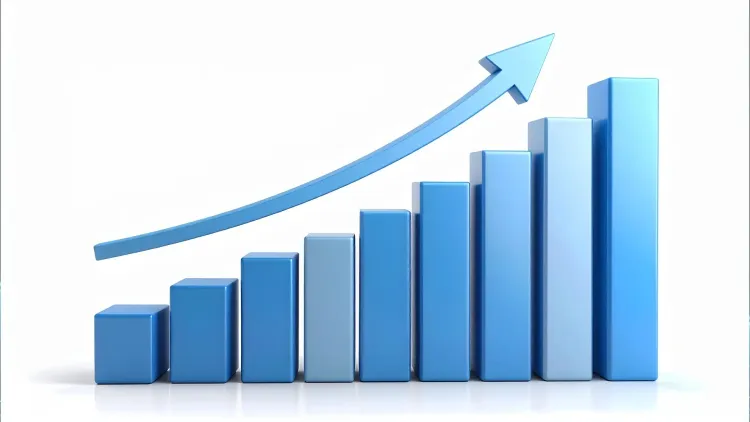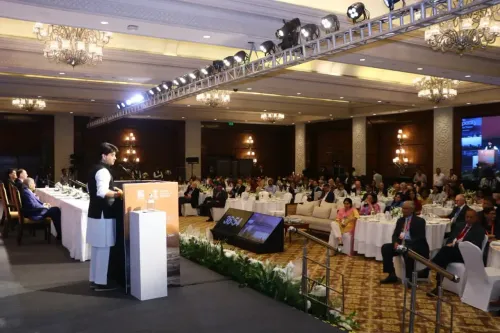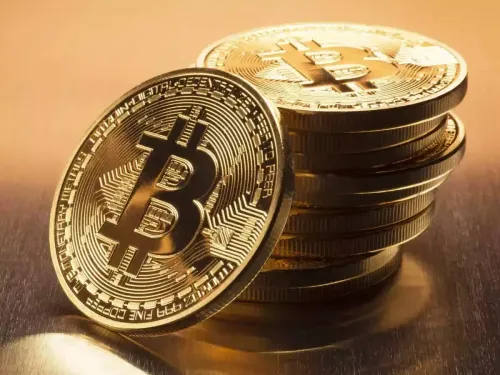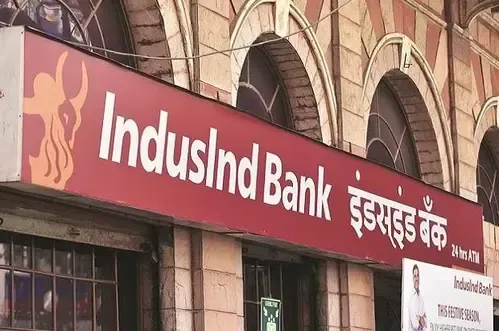Is India’s Credit Demand Staying Strong?

Synopsis
Key Takeaways
- India's credit demand is resilient despite market fluctuations.
- AUM reached Rs 121 lakh crore with significant growth.
- Fresh disbursals are primarily driven by gold and business loans.
- The trend shows a shift towards larger ticket sizes in personal loans.
New Delhi, Aug 12 (NationPress) The demand for credit in India continues to show resilience, supported by fast-paced digital transformation, rising consumer aspirations, and a strong financial ecosystem, according to a report released on Tuesday.
As of March 2025, the Industry Assets Under Management (AUM) reached Rs 121 lakh crore, marking a 21 percent year-on-year (YoY) growth and a 4 percent quarter-on-quarter (QoQ) increase, as stated by Experian, a leading global data and technology firm.
During the quarter, fresh disbursements totaled Rs 16 lakh crore, reflecting a 10 percent YoY rise and an 8 percent QoQ increase, largely fueled by ongoing growth in gold loans, business loans, and loans against property (LAP), the report indicated.
“The credit ecosystem in India is continuously evolving in response to digital advancements, shifting consumer expectations, and a solid financial infrastructure,” remarked Manish Jain, Country Managing Director of Experian in India.
Our recent Credit Insights highlight the structural strength of this demand, particularly in secured lending and small-ticket personal loans, suggesting a rise in consumer confidence and responsible borrowing, he added.
The secured lending sector witnessed a notable increase, with loans forming 32 percent of originations by count in Q4 FY25.
The report also noted stable average ticket sizes in this segment at Rs. 1.7 lakh, pointing to consistent borrower behavior and a healthy demand for credit.
Unsecured lending remained robust, with the portfolio growing 9 percent QoQ, driven by a 22 percent QoQ increase in business loans.
Personal loans continued to lead the unsecured category in both volume and value. Overall, there is a noticeable trend of larger ticket sizes in both personal and gold loans, as per the report.
However, credit card disbursements exhibited a downward trend in Q4 FY25, with a 2 percent QoQ decline in credit card sourcing, the report highlighted.
The dynamics among lenders also changed during the quarter.
Public sector banks (PSBs) boosted their market share in home and gold loans, while non-banking financial companies (NBFCs) enhanced their presence in the LAP and used car loan sectors, the report pointed out.
NBFCs also broadened their reach in unsecured lending, particularly in personal and consumer durable loans.
“As the landscape becomes increasingly intricate, the demand for timely and actionable insights grows more crucial,” Manish added.









